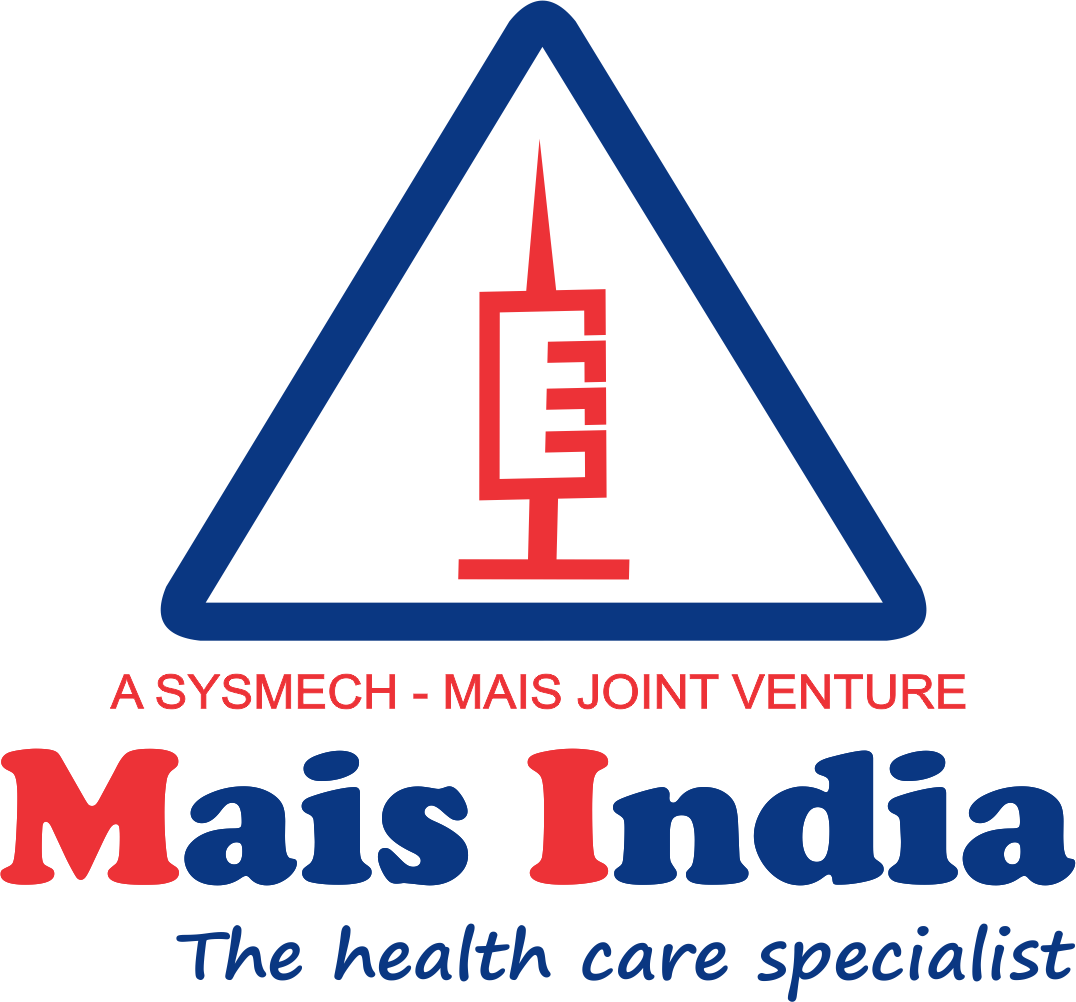IV Extension Line Uses: Enhancing Medical Treatment
Hello there, readers! Today, we’re going to talk about a crucial aspect of medical care that plays a significant role in enhancing treatment options: extension lines. These little tubes might not get the spotlight, but they are incredibly important in the world of healthcare.

What Are Extension Lines?
Extension lines are small, flexible tubes used in the medical field to extend the reach of medical devices, such as IV lines or catheters. They are like the highway that connects different parts of a treatment setup.
Some Extension Line Uses are?
Extension lines serve several essential purposes in healthcare, making treatments safer and more convenient. Let’s take a closer look at some of their key uses:
1. IV Fluid Administration
Extension lines are commonly used to extend the reach of intravenous (IV) lines. They allow medical professionals to connect the IV bag or pump to the patient’s bloodstream without needing to move the patient or the IV setup. This is especially useful in situations where the patient needs to remain in a specific position or when frequent access to the IV line is required.
2. Medication Delivery
Sometimes, patients need multiple medications or therapies simultaneously. Extension lines help by allowing different medications or treatments to be delivered through separate channels while using a single IV line. This prevents the need for multiple IV accesses, reducing patient discomfort and the risk of complications.
3. Catheterization
In cases where urinary catheters are needed, extension lines enable healthcare providers to connect the catheter to a urine drainage bag. This setup allows for the continuous collection of urine, making it easier to monitor a patient’s urinary output and overall health.
4. Blood Pressure Monitoring
Extension lines are also used in blood pressure monitoring. They connect the blood pressure cuff to the monitoring device, allowing healthcare professionals to measure a patient’s blood pressure accurately and conveniently.
5. Anesthesia Administration
During surgical procedures or pain management treatments, extension lines are used to deliver anesthesia and pain relief medications directly to the patient. This ensures precise control over the administration of these critical substances.
6. Neonatal Care
They are invaluable in neonatal care, where premature or critically ill infants often require multiple treatments and medications. These lines enable the safe and efficient delivery of care to these fragile patients.
Final Thoughts
Extension lines are vital in the world of healthcare. They simplify treatments, reduce patient discomfort, and enhance the precision and safety of medical procedures. While they may seem small, their uses are vast and indispensable in delivering effective medical care.
